AI & ML - Highlights Google I/O (Connect) - Miami
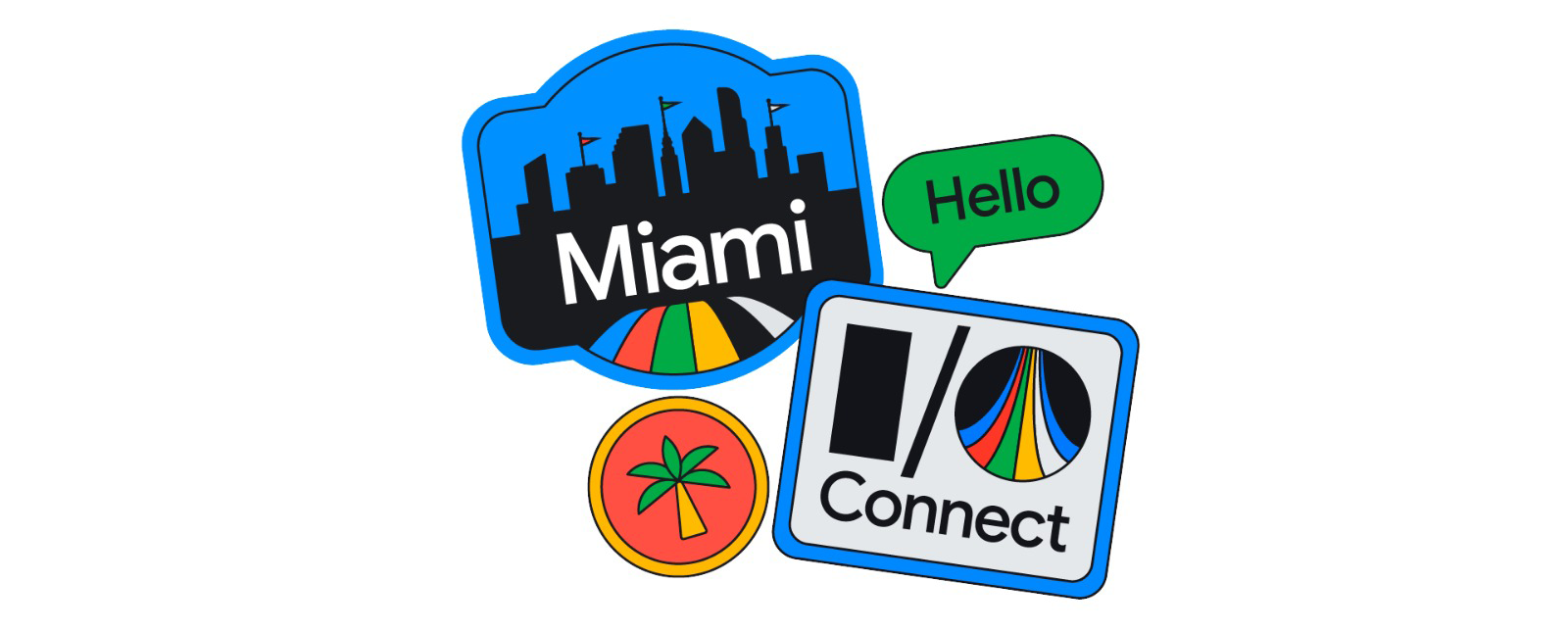
On May 24th, 2023, the inaugural edition of Google I/O Connect took place in Miami, USA. Google introduced this conference as an extension to engage directly with the technical community.
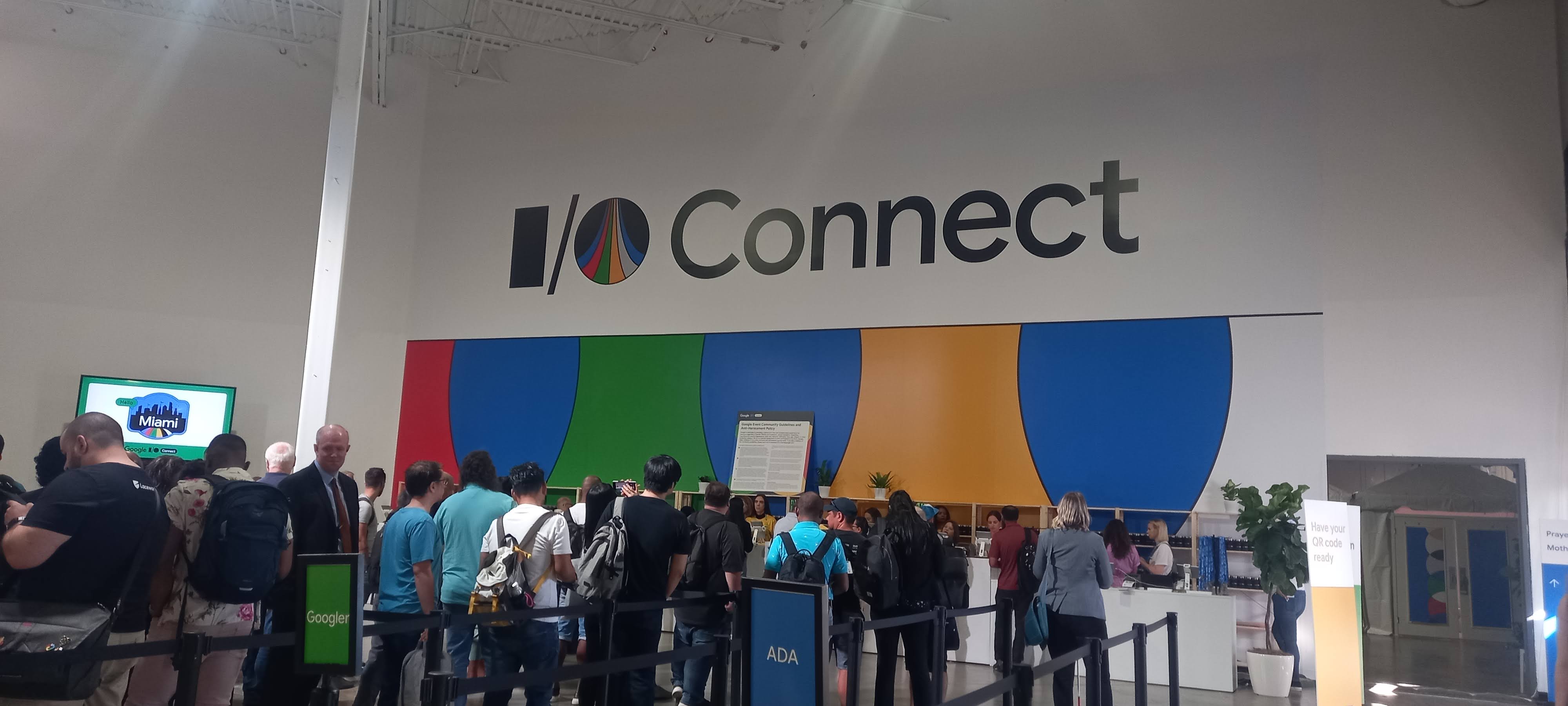
Note: Image courtesy of @KarolRojas90
The concept behind Google I/O Connect was to host distributed events in four different locations worldwide.
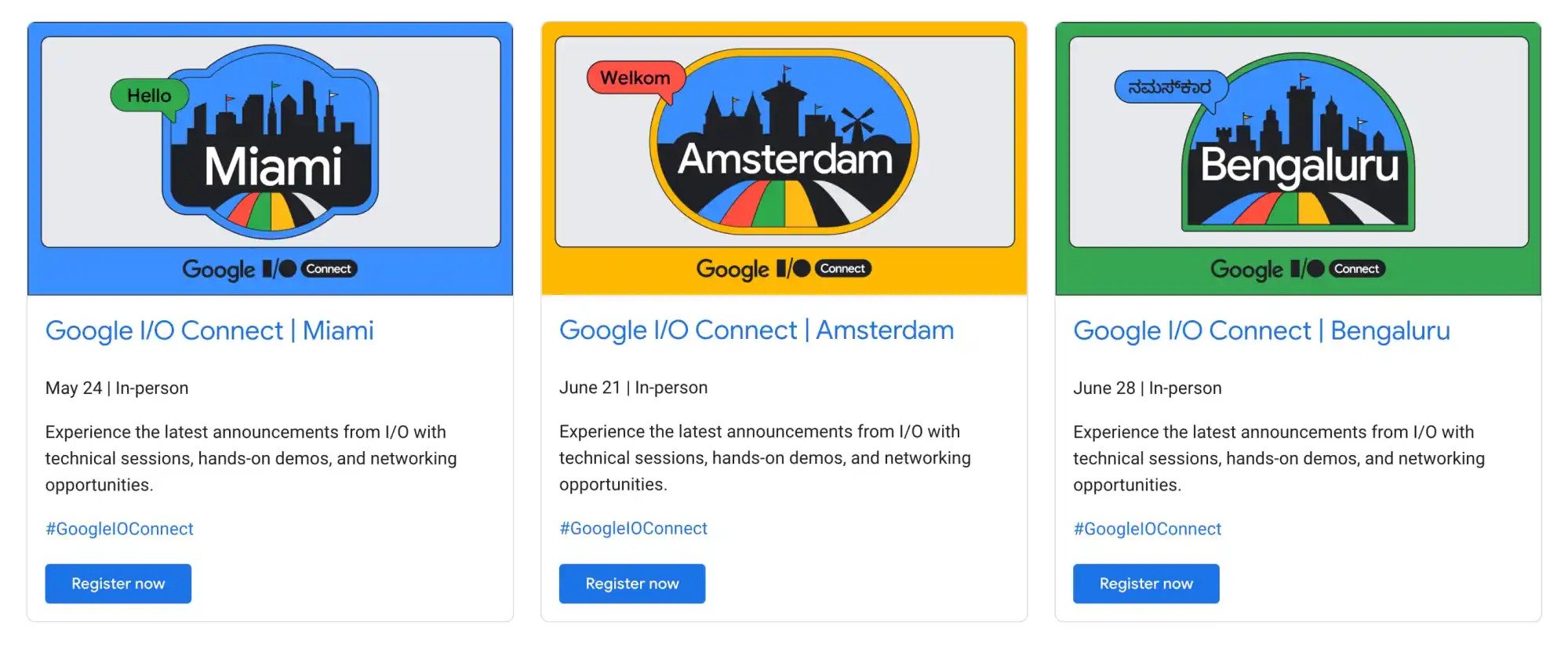
In Miami, the focus was bringing together Google Developer Experts (GDE) from North America (Canada and USA) and LATAM. Additionally, community leaders from GDG (Google Developers Groups) and Women Tech Makers, as well as contributors and collaborators, were allowed to participate. The event welcomed over 2,000 attendees and featured 51 outstanding speakers, who were Googlers responsible for delivering technical talks, workshops, and Office Hours.

Note: Image courtesy of @jcrtejada05
The event stood out for its impeccable organization, seamless execution, and strong commitment to ensuring that speakers and attendees had a remarkable experience.
What’s New in…
Without a doubt, they were the four verticals of the event:
- Mobile
- Web
- clouds
- AI
There were incredible advances that made us as developers excited to implement them into our products, but without a doubt, the one we most eagerly awaited was the AI Lineup.

Google AI's Ubiquitous Influence: Reshaping Products Everywhere
Since 2017, Google has held a dominant position in artificial intelligence and modeling, particularly with NLP (Natural Language Processing). NLP is crucial in various applications, including machine translation, sentiment analysis, chatbots, and speech recognition.
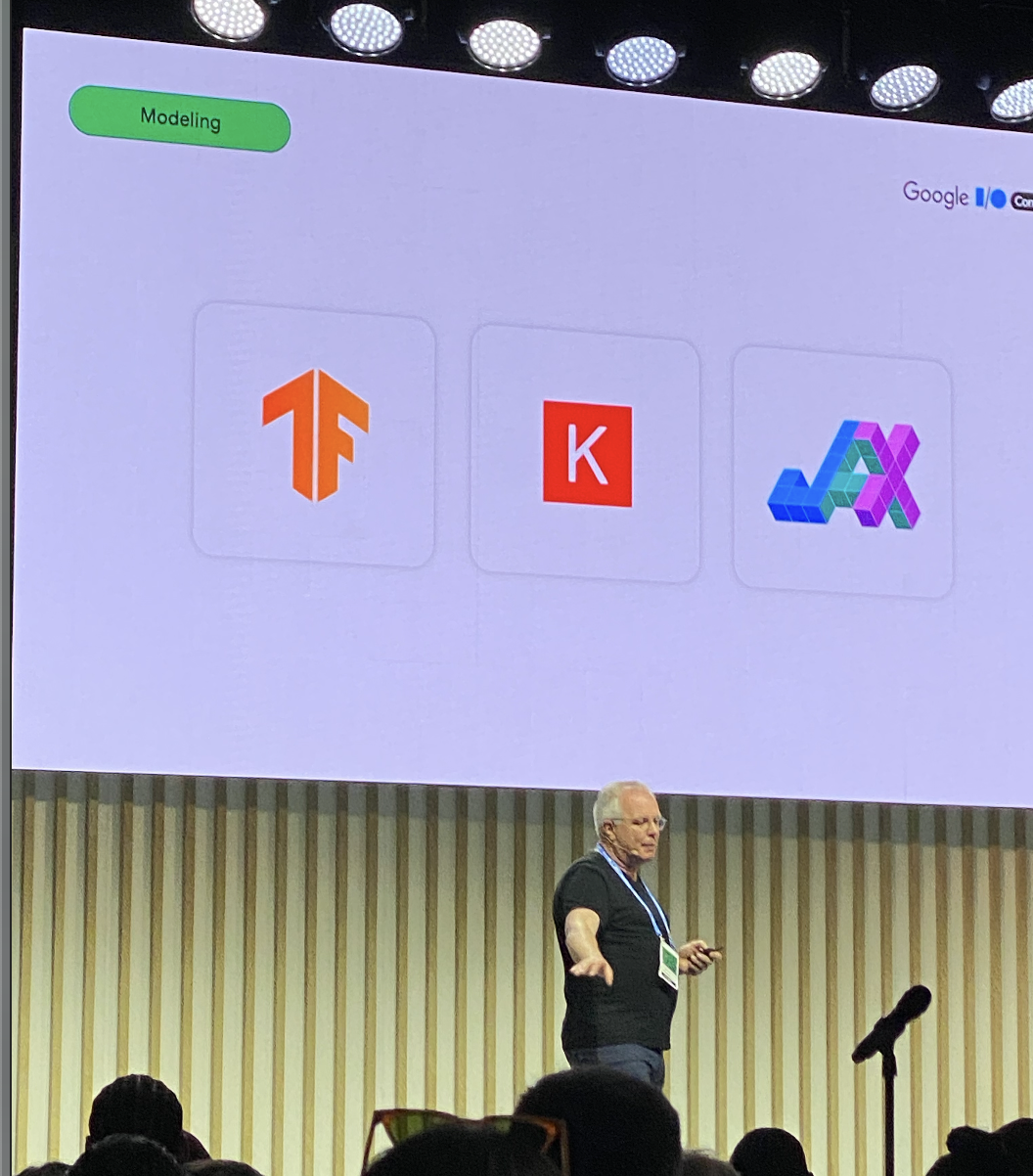
However, history took an unforeseen turn with the monumental emergence of OpenAI and the project ChatGPT and the groundbreaking development of Stable Diffusion for generating images. These advancements have undeniably propelled these technologies into the public's eyes.
Even though these concepts have already been worked on for some years, it is essential to understand the difference between AI and ML because in this same event, both in Keynote I/O and in Connect, they talk about advances in both.

Note: Sundar's Image by The Verge - https://nsrc.io/TikTokVergeAI
AI is a powerful tool that can be used to improve the user experience, make products more efficient, and create new possibilities. Google is committed to using AI to make its products and services better for everyone. That's why they announced integration into these products directly and more:
-
Android Studio Hedgehog: Android Studio Hedgehog uses AI to improve the development process for Android apps. For example, it can automatically generate code, suggest code changes, and identify potential bugs. This can help developers save time and create better apps.
-
Play Store: The Google Play Store uses AI to recommend apps and games to users based on their interests and past purchases. It also uses AI to surface new apps and games that users might be interested in. This can help users find the best apps and games for their needs.
-
Photos: Google Photos uses AI to organize, search, and edit photos. For example, it can automatically identify faces in photos and create collages and albums. It can also automatically improve the quality of photos. This can help users easily find and enjoy their photos.
-
Workspace: Google Workspace uses AI to improve the user experience for various tasks, such as writing emails, creating spreadsheets, and giving presentations. For example, it can suggest words while typing, automatically generate summaries of meetings, and translate documents into other languages. This can help users be more productive and efficient.
-
Maps: Google Maps uses AI to provide users with directions, traffic information, and other helpful information. For example, it can automatically suggest routes based on the user's past driving habits and can provide real-time traffic updates. This can help users get around more easily and efficiently.
✨Generative AI
The main thing in all AI ads and product integrations comes from Generative AI, which, as its name says, is an artificial intelligence that can generate new content independently.
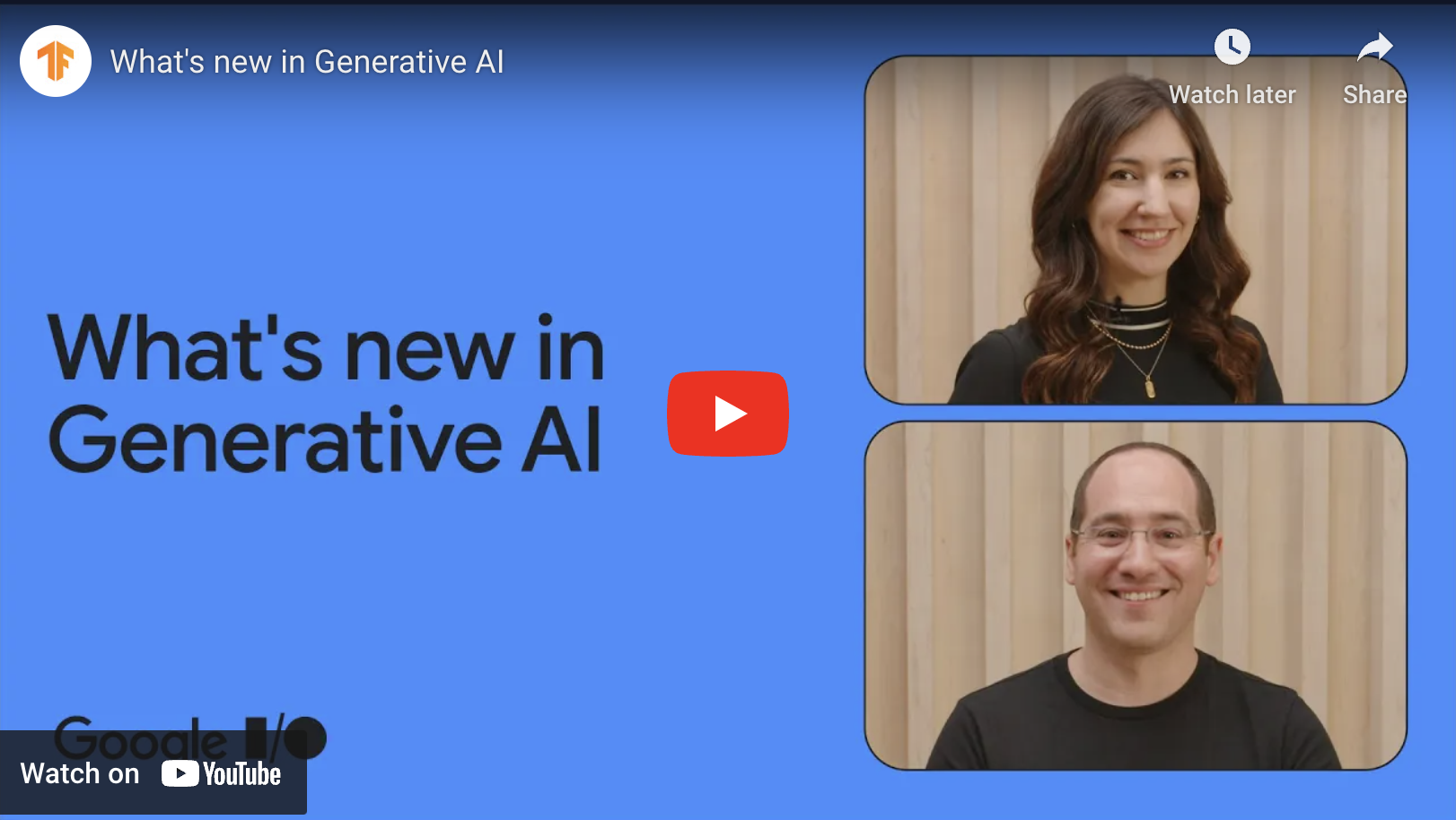
Check the Youtube Video HERE
Through Generative AI Studio, you can test and better understand the concept of Generative AI. A console tool for rapidly prototyping and testing generative AI models. You can test sample prompts, design your prompts, and customize foundation models to handle tasks that meet your application's needs.
In Generative AI Studio, you can:
- Test sample prompts.
- Design your prompts.
- Customize foundation models.
- Convert between speech and text.
Try it HERE!
✨PaLM 2
PaLM 2, is a large language model (LLM) AI. It is a successor to PaLM, trained on a larger dataset and with a more robust architecture. This makes PaLM 2 better at a variety of tasks, including:
- Natural language understanding: PaLM 2 can better understand the nuances of human language, such as idioms, sarcasm, and metaphors.
- Generating text: PaLM 2 can generate more creative and realistic text, such as poems, stories, and code.
- Answering questions: PaLM 2 can answer more complex and challenging questions, even if they are open-ended or strange.
- Reasoning: PaLM 2 can better understand and reason about the world by making inferences and drawing conclusions.
PaLM 2 can implement Personal assistants, Educational tools, or Creative tools. But PaLM 2 is a series of models that includes the following:

Gecko, Otter, Bison, and Unicorn are four versions of PaLM 2, or Pathways Language Model 2. They differ in size, performance, and intended use cases.
- Gecko is the smallest version of PaLM 2, with 1.2 billion parameters. It is designed to be lightweight and efficient, making it suitable for mobile devices and other resource-constrained environments.
- Otter is a mid-sized version of PaLM 2, with 137 billion parameters. It balances size and performance well, making it suitable for various applications.
- Bison is a large version of PaLM 2, with 540 billion parameters. It is the most potent version of PaLM 2, and it is designed for demanding tasks such as natural language understanding, generating text, and answering questions.
- Unicorn is the giant version of PaLM 2, with 1.5 trillion parameters. It is still under development but is expected to be the most powerful LLM ever created.
Which version of PaLM 2 is correct for you depends on your specific needs. Gecko is a good choice if you are looking for a lightweight and efficient model for mobile devices. If you are looking for a model that is a good balance between size and performance, Otter is a good choice. Bison is a good choice if you are looking for a powerful model for demanding tasks. Unicorn is a good choice if you are looking for the most powerful LLM ever created.
But soon, Google will be in the release of a more sophisticated model called Gemini; What is coming is unimaginable if we count that in this project, the researchers from Google Brain and Google DeepMind come together.
At the moment, you can join the MakerSuite waitlist to experiment with the PaLM 2 API: https://makersuite.google.com/waitlist and read the API documentation: https://developers.generativeai.google /tutorials/setup
✨Bard - AI-Chatbot (http://bard.google.com) + 🎨 Bard + Adobe Firefly
Bard an impressive AI chatbot meticulously crafted by Google. As a sophisticated conversational AI, Bard is a large language model designed to be informative and comprehensive. Trained on an immense corpus of text data, Bard can communicate and generate human-like responses across various prompts and inquiries. Whether you seek factual summaries or immersive storytelling, Bard is primed to deliver. Bard is still under development but Is learning new things every day.
Adobe Firefly is a remarkable generative AI, harnessing the power to bring visual concepts to life based on textual descriptions. When paired with Bard, the possibilities for creativity and expression become boundless. This tool can create everything from marketing materials to personal projects. For example, you could use Bard to generate a text description of a product and then use Adobe Firefly to create an image of that product. Or, you could use Bard to generate a poem and then use Adobe Firefly to create an image representing the poem. The possibilities are endless.
Note: Please note that Bard + Adobe Firefly are still in beta, so there may be some bugs or limitations. Check the review of this amazing tool, HERE
As a delightful bonus, thanks to Bard, leveraging generated content between Gmail and Google Docs becomes effortless. Additionally, Colab's growing relevance makes it an ideal platform for code-centric projects, ensuring enhanced productivity and collaboration.
Here are some of the benefits of these new developer features in Bard:
- More precise code citations can help to build a more collaborative and respectful community of developers.
- Exporting to Replit can make it easier for developers to collaborate on code and share their work with others.
- A dark theme can make reading easier in low-light conditions and reduce eye strain.
- Integration with various Google apps and services can make it easier for users to get things done.
- Connection with external services and partners can offer users various possibilities.
- Generative AI capabilities can help users to create unique visuals and automate data classification.
Vertex AI
Vertex AI is a managed machine learning (ML) platform that helps you build, deploy, and scale ML models faster and easier. It provides a unified experience for managing all aspects of the ML lifecycle, from data preparation to model training and deployment. Vertex AI also includes various tools and services that can help you improve the performance and accuracy of your ML models. It is built on the Google Cloud Platform and integrates with a wide variety of open-source ML frameworks, including TensorFlow, PyTorch, and scikit-learn. This integration allows you to use the tools and libraries you already know. Try it here: https://cloud.google.com/vertex-ai/.
Project Tailwind
Project Tailwind is a new initiative focused on developing ways to use large language models (LLMs) to create more engaging and informative user experiences. One of the critical goals of Project Tailwind is to make it easier for developers to use LLMs in their applications. To do this, Project Tailwind is developing several tools and resources, including:
- A new LLM framework is designed to be easy to use and scale to large datasets.
- A new API that allows developers to interact with LLMs more naturally.
- A new set of tools that help developers to debug and optimize their LLM applications.
Project Tailwind is an experimental project that still needs a public URL or GitHub repo. However, you can sign up for the waitlist to be notified when it becomes available. The waitlist is available here: https://tailwind.withgoogle.com/.
MediaPipe
Google's partnership with MediaPipe is a significant step forward in the development of ML solutions. By providing modular and customizable solutions.
Project Gameface is an excellent example of the potential of ML. This project uses facial landmark detection to create a virtual avatar that can be used to play games. This is just one example of how ML can be used to improve our lives.
If you are looking to develop an ML application, check out MediaPipe. You can use Mediapipe for Face detection, Hand tracking, or Object detection.
TensorFlow Overview: What’s New?
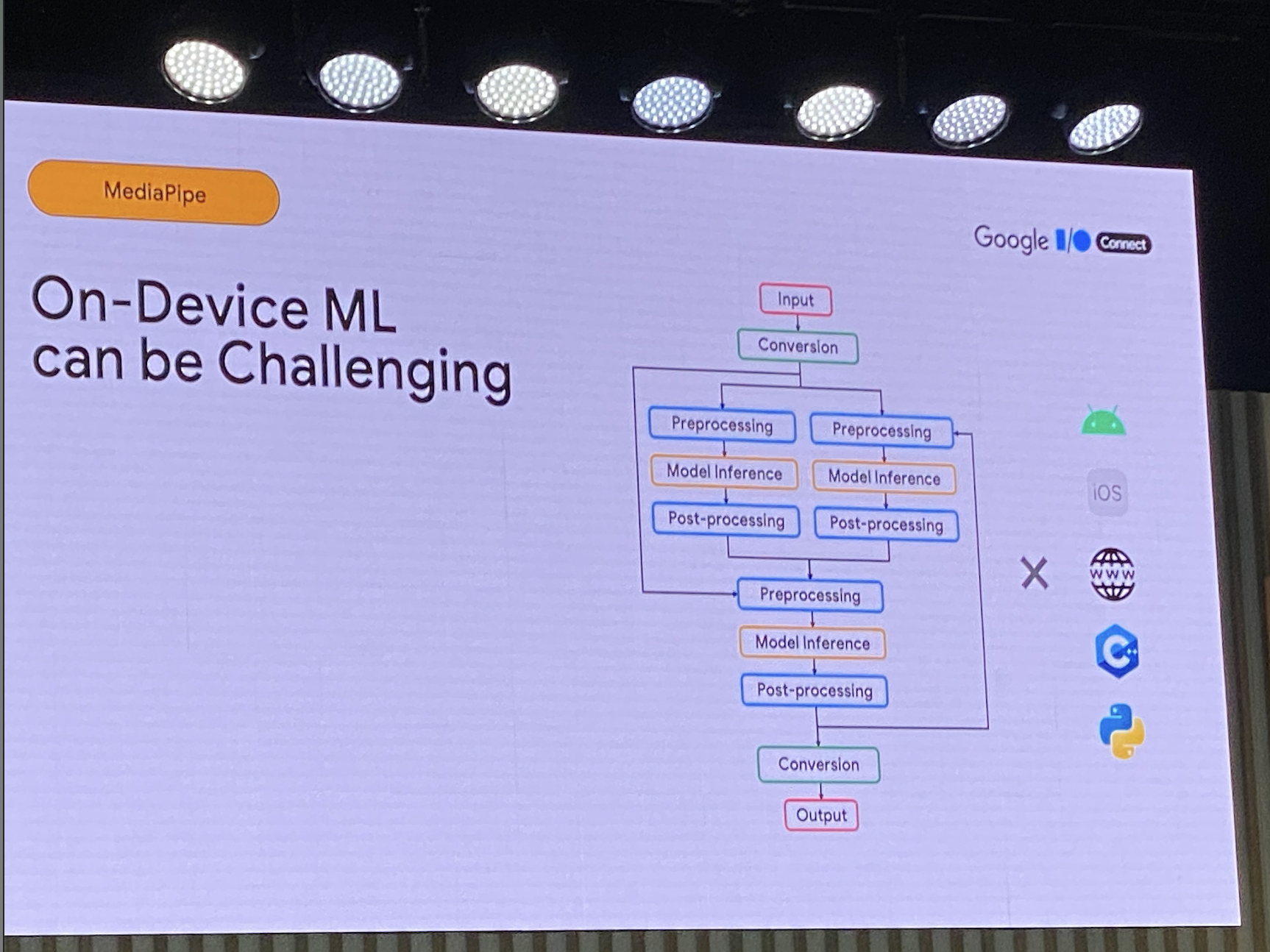
Here are some of the new features and improvements that were announced:
-
KerasCV and KerasNLP: These new APIs make building and training state-of-the-art models for computer vision and natural language processing tasks easier.
-
DTensor: This new library does training and scaling large models on distributed hardware easier.
-
JAX2TF: This new tool makes it easier to port models written with the JAX numerical library to TensorFlow.
-
TF Quantization API: This new API makes making TensorFlow models more efficient and cost-effective easier.
-
Web ML Hub: This new web-based platform makes building and deploying machine learning models in the browser easy.
To begin your exploration, visit https://ai.google/build/machine-learning/ and immerse yourself in a wealth of invaluable resources. This platform serves as your gateway to learning, providing a comprehensive collection of tools and insights that will empower you to apply machine learning to your projects.
Whether you are a beginner or an experienced practitioner, the knowledge and expertise shared on this platform will guide you through every step of your journey. Gain a deeper understanding of the underlying principles, familiarize yourself with cutting-edge tools, and access practical examples that showcase the technology in action.
Google I/O Connect
The Google I/O Connect event in Miami was a great success. It was a great opportunity to learn about the latest Google technologies, and it was also a chance to meet some of the leading experts in the field.
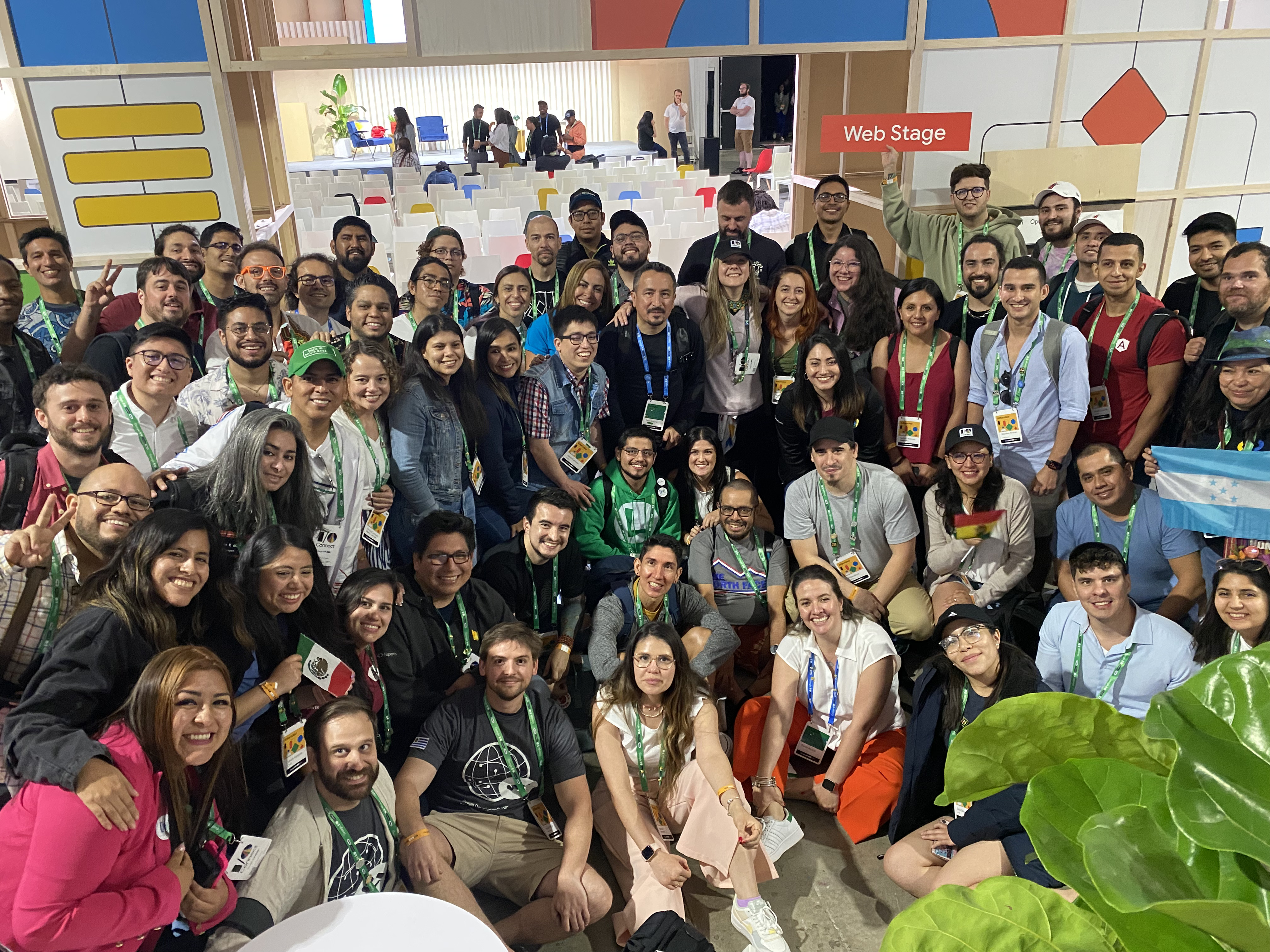
One of the event's highlights was the chance to meet Dale Markowitz, a renowned figure in artificial intelligence. Markowitz is a Senior Research Scientist at Google AI and one of the leading experts on natural language processing. She was very generous with her time and happy to answer the attendees' questions.
Google I/O Connect event allowed me to:
- Learn about the latest Google technologies
- Meet leading experts in the field
- Get your questions answered by Google experts
- Network with other developers
- Get inspired and motivated to build great things
If you are a developer, I highly recommend attending a Google I/O Connect event. It is a great way to learn, grow, and connect with other developers. You can find upcoming events on the Google Developers events page or explore Google I/O Extended events near you to connect with the community.
Related Articles:
- Google I/O 2023: Making AI more helpful for Everyone by Sundar - nsrc.io/45SJOqm
- Google I/O Program, Codelabs, Workshops: https://io.google/2023/program/
- Techcrunch - Google I/O 2023 is a wrap — here’s a list of everything announced - nsrc.io/43TA3Xr
- Google I/O 2023 Highlights: Unveiling Google's Latest Innovations and Improvements - https://nsrc.io/3WWF9zD
- The Verge - Google I/O 2023: all the news from Google’s big developer event - nsrc.io/3MWHiqz
- BusinessPost - 15 Exciting Highlights from Google I/O 2023 - nsrc.io/3NhF2eW